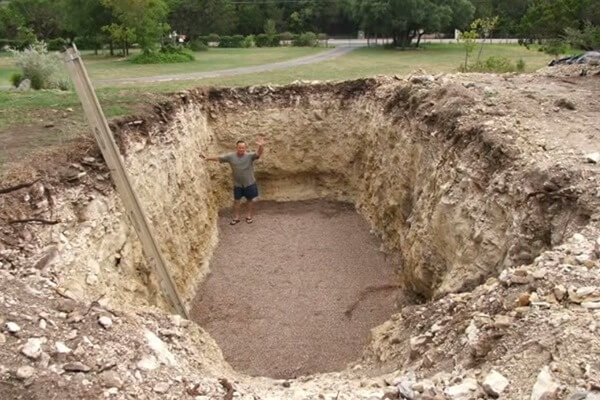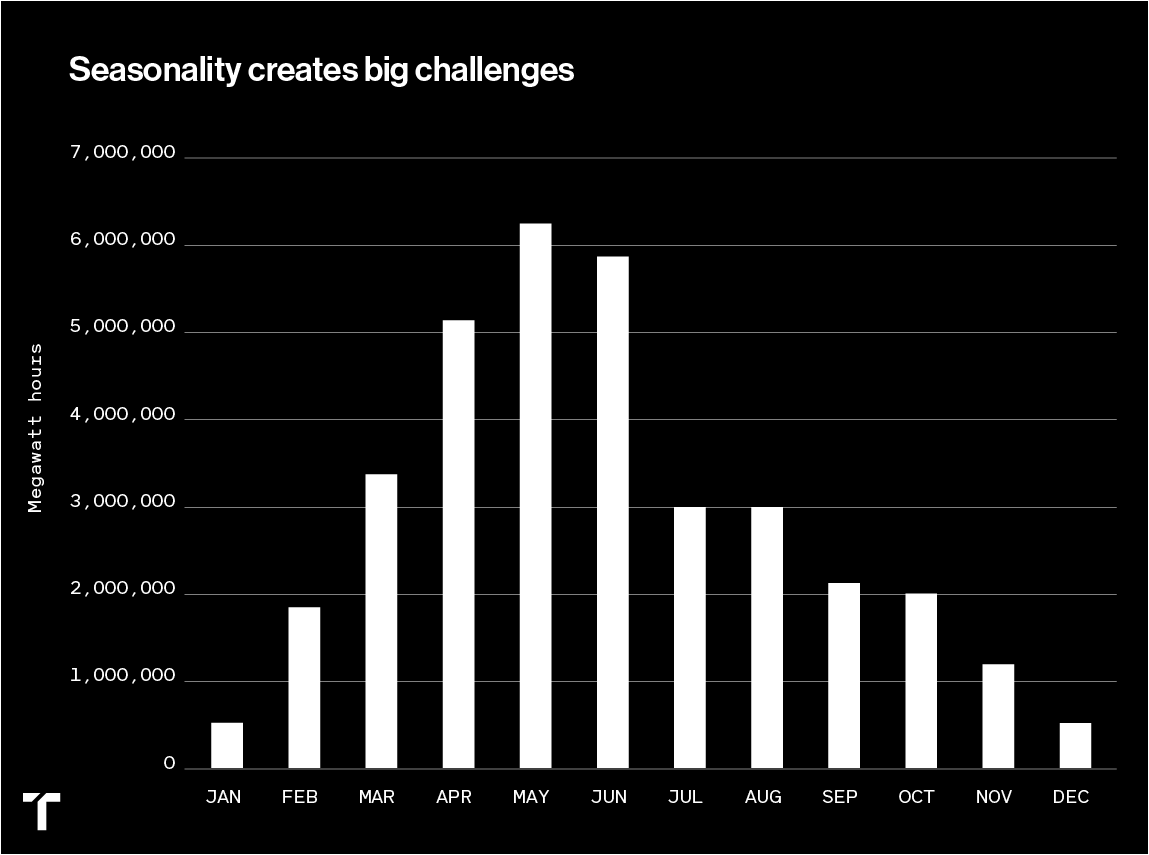It's amazing that 115 years ago today the Wright Brothers took flight -
https://www.nps.gov/wrbr/learn/historyculture/thefirstflight.htm
The title of the this Thread was "
Some truth to people who think we can be 100% renewable" --- As if thinking you can ---- needed reprimanding.
Rather than argue with you, may I suggest that there is just a communication gap regarding this thread?
Anyone who has been successful in implementing solutions to complex problems knows that the first step is understanding and characterizing the problem and its magnitude. The Wright Brother's are a fantastic example of that process (I may detail that later).
Second, they start evaluating solutions - what has been done in the past, what worked, what didn't, what new technology is on the horizon, what hasn't been tried? Are there any out-of-the-box ideas that might apply? Is there a "Gordian Knot" approach to
eliminate the problem, rather than working with it (like calculators obliterated the need to improve the slide rule)?
Third, as you evaluate each potential solution,
you absolutely must take a critical approach - what might keep this from working? This is essential. The surest way to blow a lot of time, money, and opportunity is to underestimate the problems, plow ahead, and then have to backtrack and try again (if they let you!). Often, that backtracking will happen anyhow, since you are treading new ground. But much of it can be eliminated by critical analysis.
So you see,
being critical and honest with yourself is the path to success. You get to positive with some prudent negativity along the way. Not defeatist negativity, but constructive negativity.
Dreams? I'm certain there is no lack of dreams/imagination among the engineers/technologists here. We can all dream of a low-pollution power source that can me dispatched instantly when and where we need it, that is low cost, easy to maintain for generations, and takes little resources to produce with little environmental impact. That's the dream - there you go.
Now what?
Now comes the harsh reality of evaluating options. If this was easy, we wouldn't be talking about it, it would be done. In fact, I read a link provided earlier, and one graph there really hit me. This is harder than I thought (if the graph represents what I think it does, need to do more probing).
If renewables provided 80 percent of California electricity – half wind, half solar – generation would fall precipitously beginning in the late summer. Clean Air Task Force analysis of CAISO data
----------------------------------------------------------------------------------------------------------------
I looked at that and said "Wow! OMG! Holy Cow! Is that a 10x seasonal variation in wind/solar
combined! In
California!? I thought they were supposed to supplement each other, so the variation would be less?!"
Guess what my next step was? I said "OK, so how can we deal with that?" I have some thoughts, but I have not analyzed them in any detail yet. Basically, it might mean we really, really, over-build wind/solar (like 6x), so that we are not dependent on long-term storage that we really see no way of doing in the next 30 years. A brute force approach - now is 6x the solar/wind cheaper than 6 months of storage? I think so, we will see. It's expensive, but maybe 6x is manageable?
And there is opportunity - we would have a super surplus of energy for 8 months of the year. Maybe those desalination plants could be made cheaper if they didn't need to worry about electricity costs? Maybe cheap enough that running 8 out of 12 months is feasible? Maybe some other use for 8/12 month operation?
See, solution based thinking, not "We can't do it." But you can't get to solutions by ignoring the issues, you need to face them. Like the Wright Brothers did.
-ERD50





